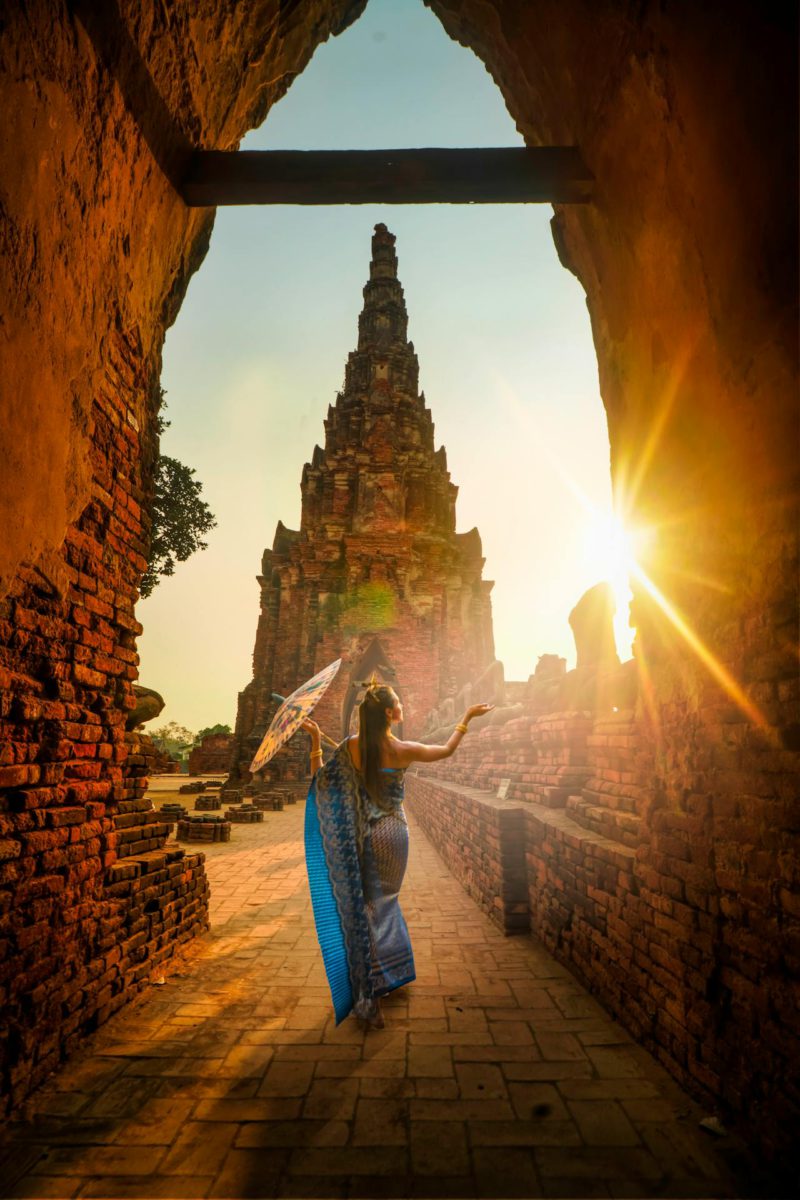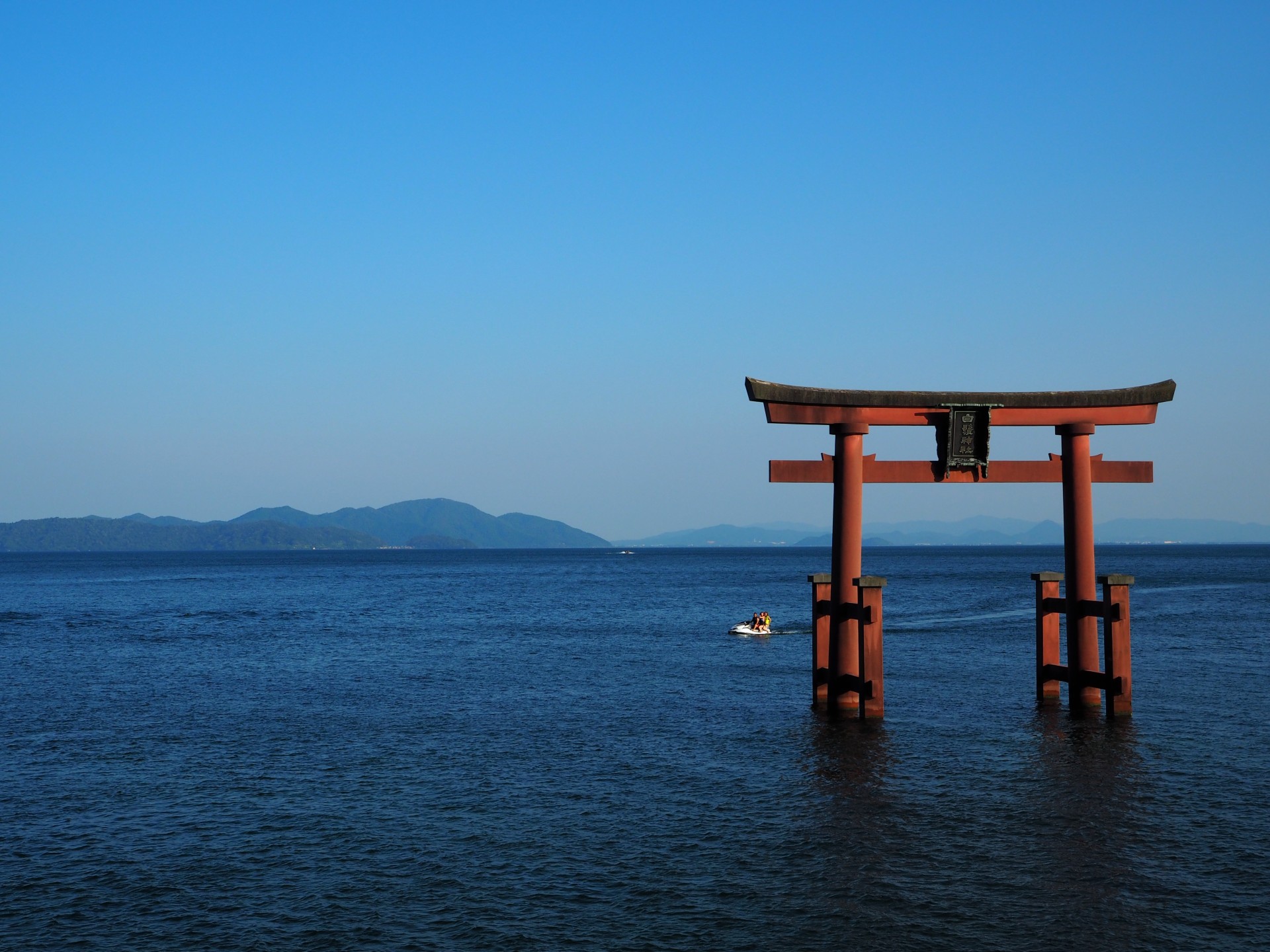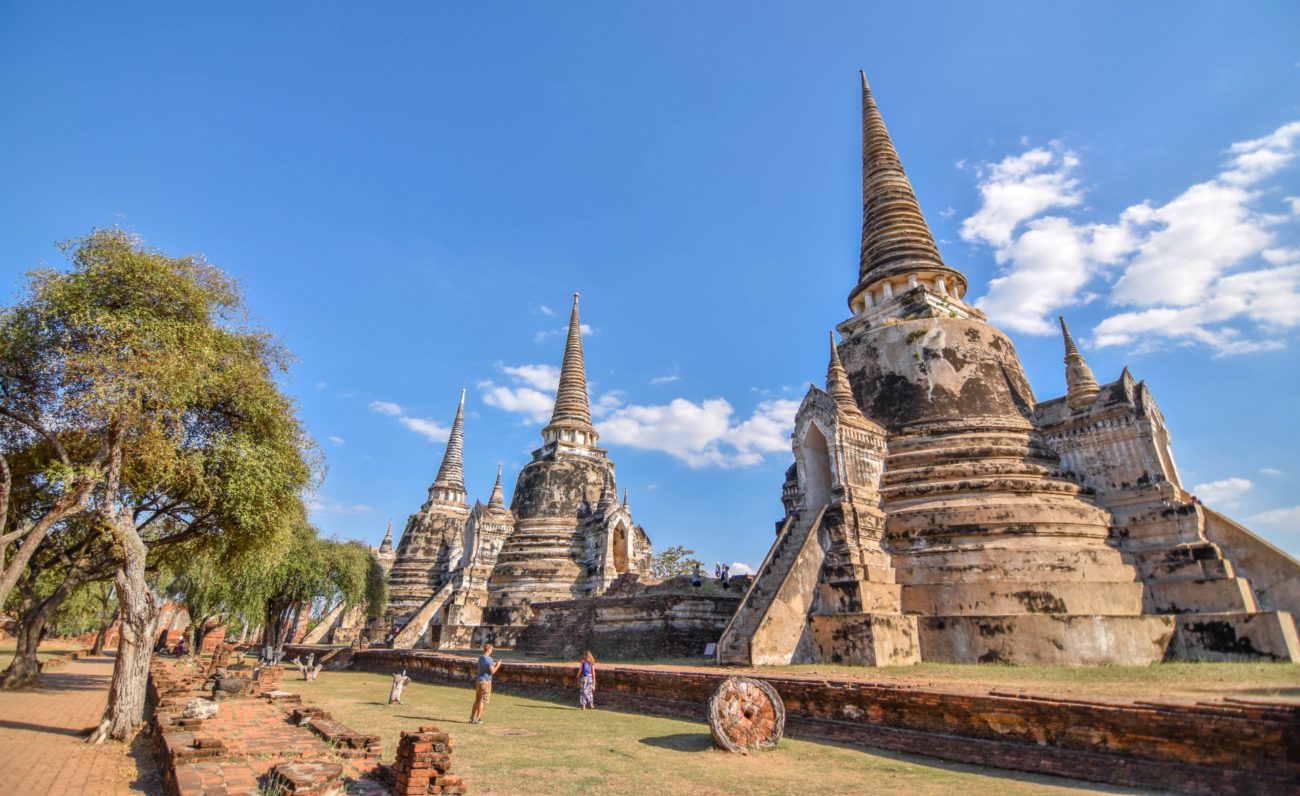Travel isn’t just about checking places off your bucket list; it’s about filling your feed with snapshots that tell a story. Imagine stepping back in time, surrounded by stories etched in stone and echoes of ancient chants. Welcome to the world of Asia’s most Instagram-worthy temples and ancient sites, where history and selfie opportunities collide. From the awe-inspiring silhouettes of Angkor Wat at sunrise to the intricate carvings of Borobudur, these destinations in Asia aren’t just travel goals — they’re a whole vibe.
If this sounds right up your alley, pack your bags and your best camera lens, because we’re about to take you on a visually stunning journey through 20 of Asia’s most photogenic spots that are sure to make your followers double-tap without a second thought. Get ready to explore hidden gems where each snapshot captures a thousand years, and every corner promises a new adventure.
The temples of Angkor Wat in Siem Reap, Cambodia
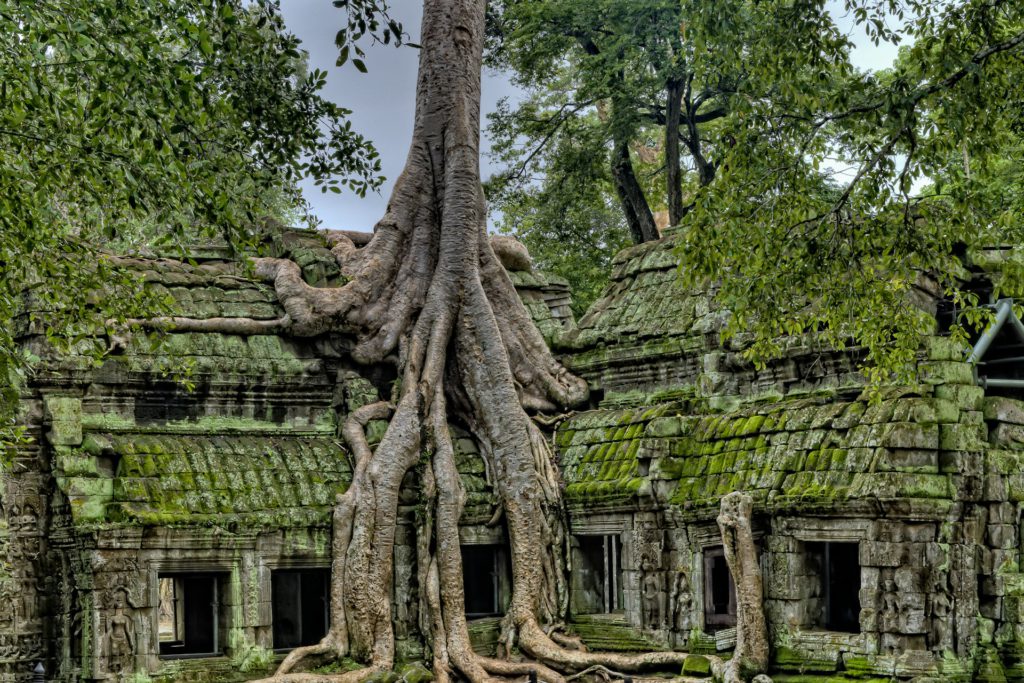
Angkor Wat, a sprawling temple complex in Cambodia, is a treasure trove of Instagrammable moments. As the world’s largest religious monument, its grand scale and intricate details are unmatched. Sunrise at Angkor Wat is a quintessential shot, where the silhouettes of its iconic spires are set against a blaze of colors, captivating photographers and travelers alike. The ancient stone faces of Bayon and the tree-root clasped ruins of Ta Prohm offer scenes straight out of an adventure film, making every snapshot here not just a photo, but a story waiting to be told.
Shah-i-Zinda in Samarkand, Uzbekistan
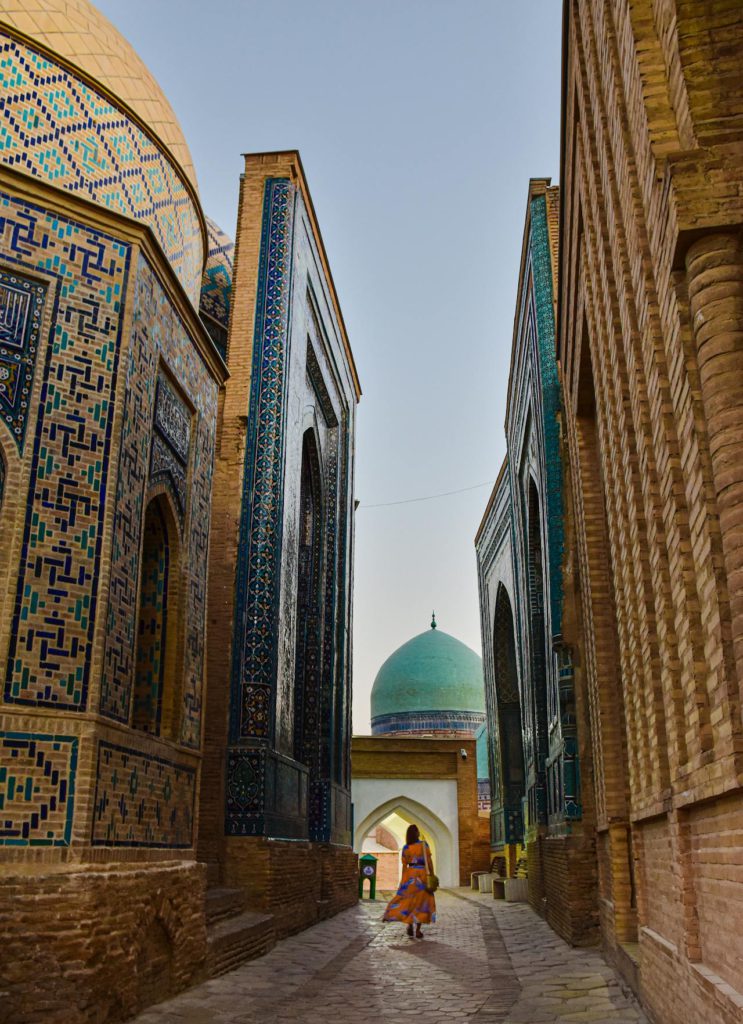
Shah-i-Zinda in Uzbekistan is a mesmerizing necropolis in Samarkand, known for its stunning array of blue-tiled mausoleums. This ancient site, dating back to the 9th century, is a vibrant tapestry of intricate mosaics, majestic arches, and serene courtyards. The dazzling colors and exquisite craftsmanship of the tombs, set against the backdrop of Samarkand’s historical ambiance, make Shah-i-Zinda a picture-perfect location for Instagram. Visitors are captivated by the beauty and serenity of the complex, ensuring every photograph taken here is imbued with a sense of timeless elegance and cultural richness.
Temple Lempuyang in Bali, Indonesia
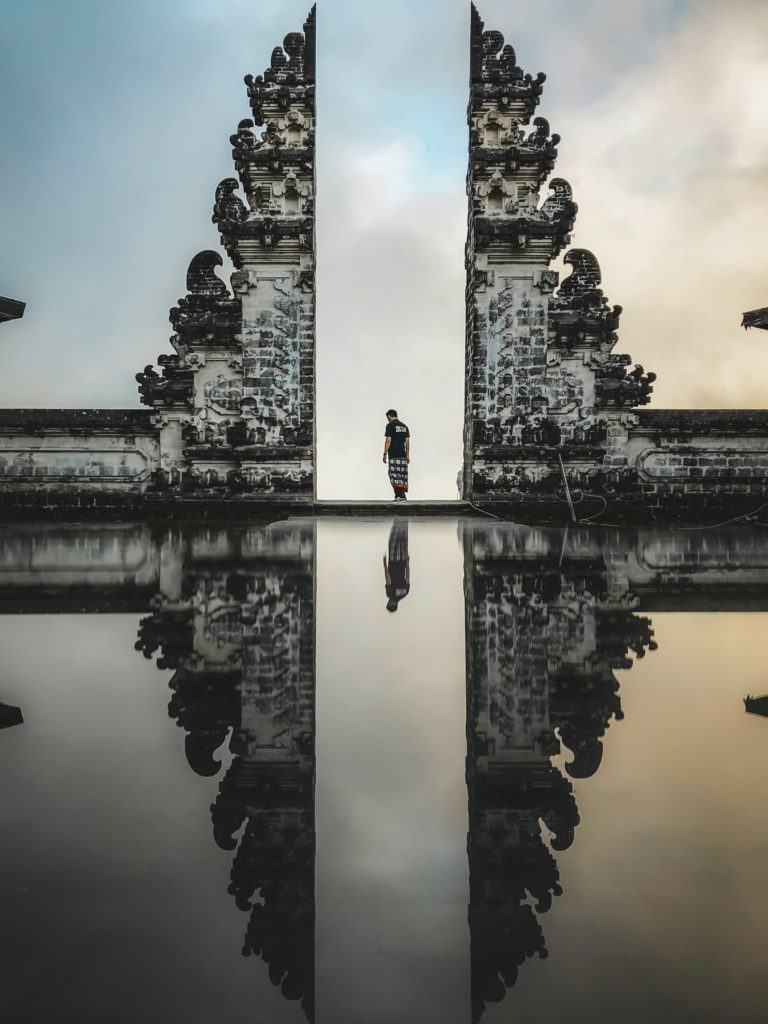
Temple Lempuyang in Bali is renowned for its iconic “Gates of Heaven,” offering a breathtaking view of Mount Agung framed by the temple’s ornate split gate. Perched high on Mount Lempuyang, this sacred site combines spiritual serenity with natural beauty. The dramatic contrast between the temple’s intricate architecture and the surrounding lush landscapes makes it a picture-perfect location. Photographers and travelers alike are drawn to the ethereal reflections and the majestic backdrop, ensuring that every shot taken here exudes a sense of awe and tranquility.
Batu Caves in Gombak, Selangor, Malaysia
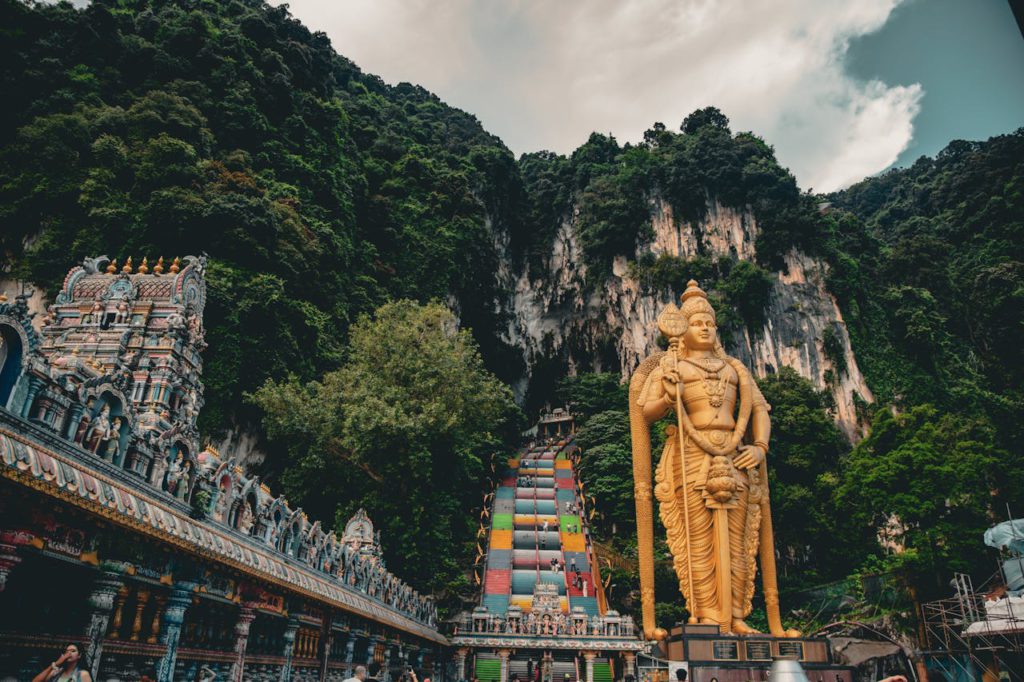
The Batu Caves in Malaysia is a spectacular limestone hill housing a series of caves and cave temples, most famously the impressive Hindu temple dedicated to Lord Murugan. The site is adorned with a towering golden statue of Lord Murugan at its entrance, which is the tallest statue of a Hindu deity in Malaysia. The vibrant and colorful steps leading up to the main cave, combined with the natural beauty of the surrounding limestone formations, create a visually stunning and Instagrammable scene. Visitors are captivated by the striking contrast between the vivid temple structures and the rugged natural landscape, making Batu Caves a must-visit for photographers and travelers seeking a blend of cultural and natural beauty.
Taj Mahal in Agra, India
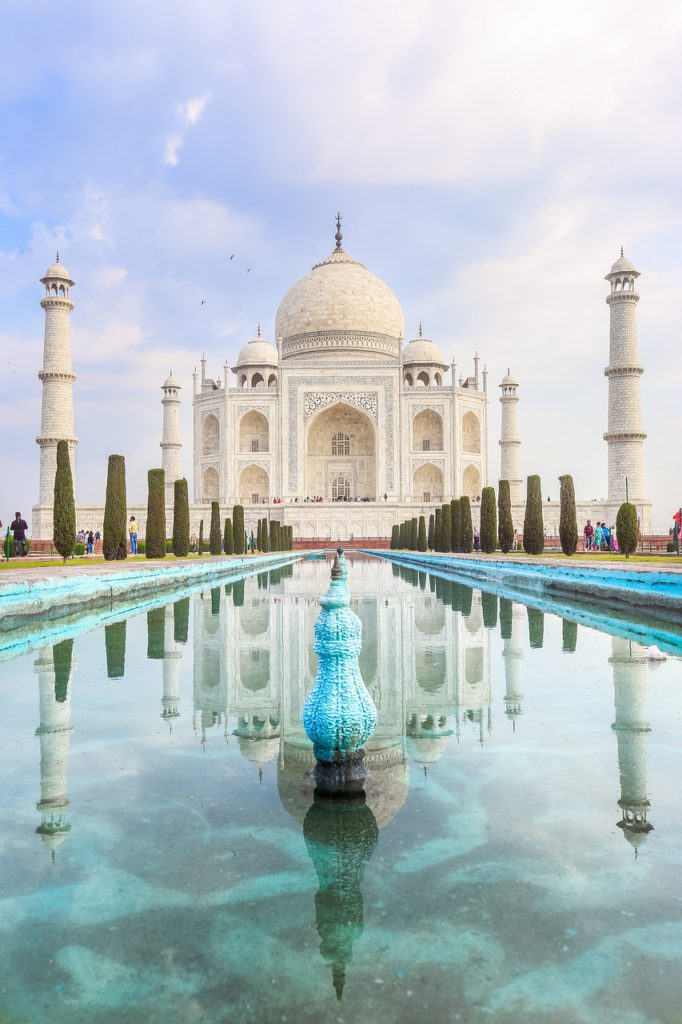
The Taj Mahal in Agra, India, is a UNESCO World Heritage site renowned for its breathtaking beauty and architectural grandeur. This iconic mausoleum, built by Emperor Shah Jahan in memory of his beloved wife Mumtaz Mahal, is an exquisite masterpiece of white marble, adorned with intricate inlay work and surrounded by lush gardens. Its symmetrical beauty, reflecting pools, and the changing hues of its marble facade at different times of the day make it a picture-perfect location.
The Forbidden City in Beijing, China
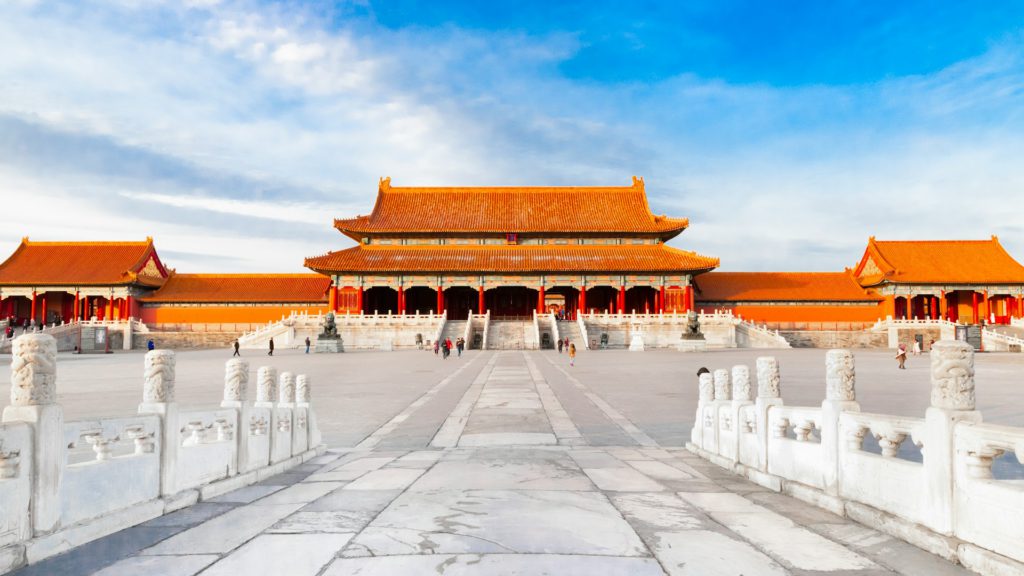
The Forbidden City in Beijing is a majestic imperial palace complex that served as the political heart of China for nearly 500 years. This UNESCO World Heritage site boasts stunning traditional Chinese architecture, with its sprawling courtyards, ornate halls, and intricate decorative details. The vibrant red walls, golden roofs, and the symmetry of the palace structures create a visually captivating and historically rich backdrop. The vastness and grandeur of the Forbidden City, coupled with its cultural and historical significance, make it an ideal location for capturing awe-inspiring photographs, offering a glimpse into the opulence of China’s imperial past.
Itsukushima Shrine in Miyajima, Japan
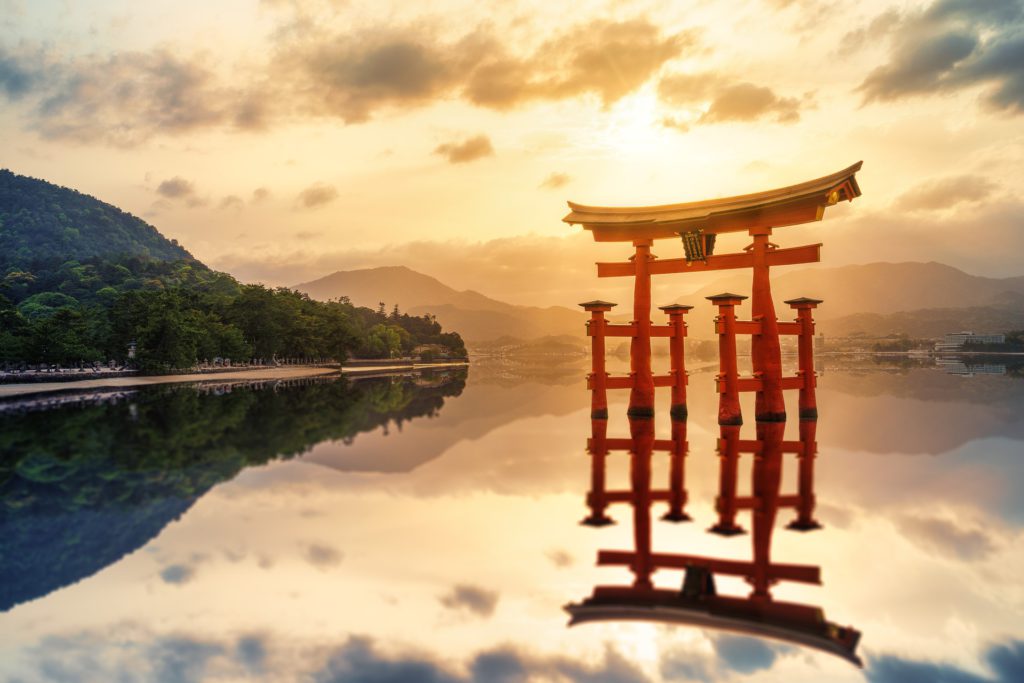
The Itsukushima Shrine in Japan, located on the island of Miyajima, is famed for its iconic “floating” torii gate, which appears to hover above the water during high tide. This Shinto shrine, a UNESCO World Heritage site, is a harmonious blend of natural beauty and traditional Japanese architecture. The striking red torii gate set against the serene backdrop of the Seto Inland Sea and lush mountains creates a mesmerizing and picturesque scene. The ethereal beauty of the shrine, especially at sunset, makes it a perfect spot for capturing stunning photographs that reflect Japan’s spiritual and scenic splendor.
Tiger’s Nest in Paro, Bhutan
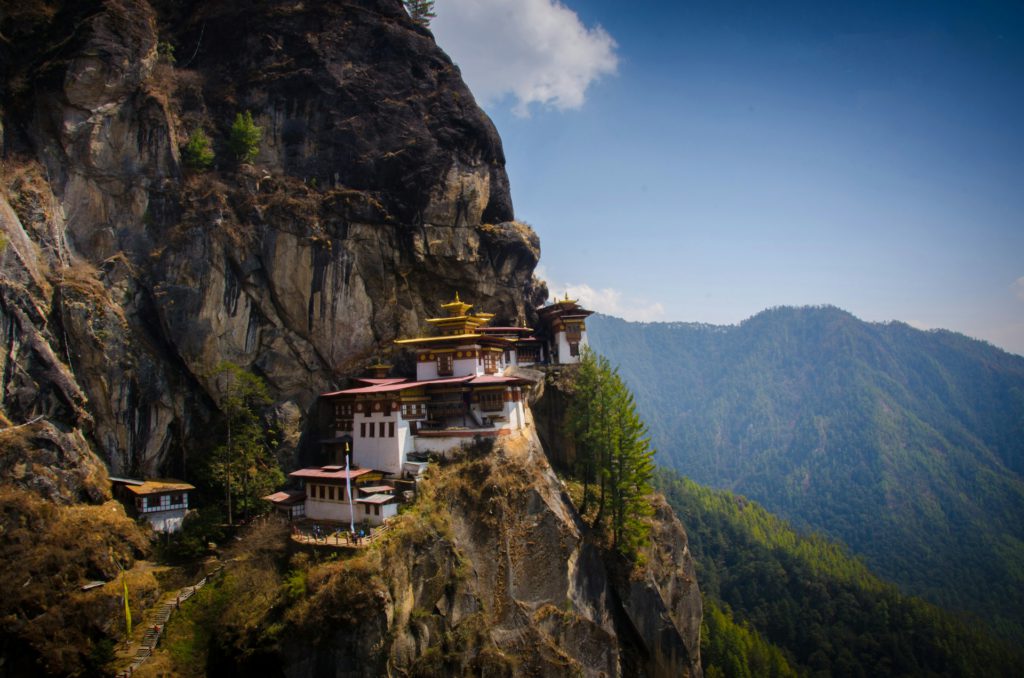
The Tiger’s Nest, or Paro Taktsang, in Bhutan, is a breathtaking monastery perched on a sheer cliffside 3,000 feet above the Paro Valley. This sacred site, believed to be the meditation place of Guru Padmasambhava, combines spiritual significance with awe-inspiring natural beauty. The dramatic location, surrounded by lush forests and rugged mountains, makes it a picture-perfect spot for capturing stunning images. The monastery’s intricate architecture and the sweeping vistas of the valley below create a captivating scene that resonates with the serenity and mystique of Bhutanese culture, making it an irresistible destination for photographers and travelers.
Hawa Mahal in Jaipur, India
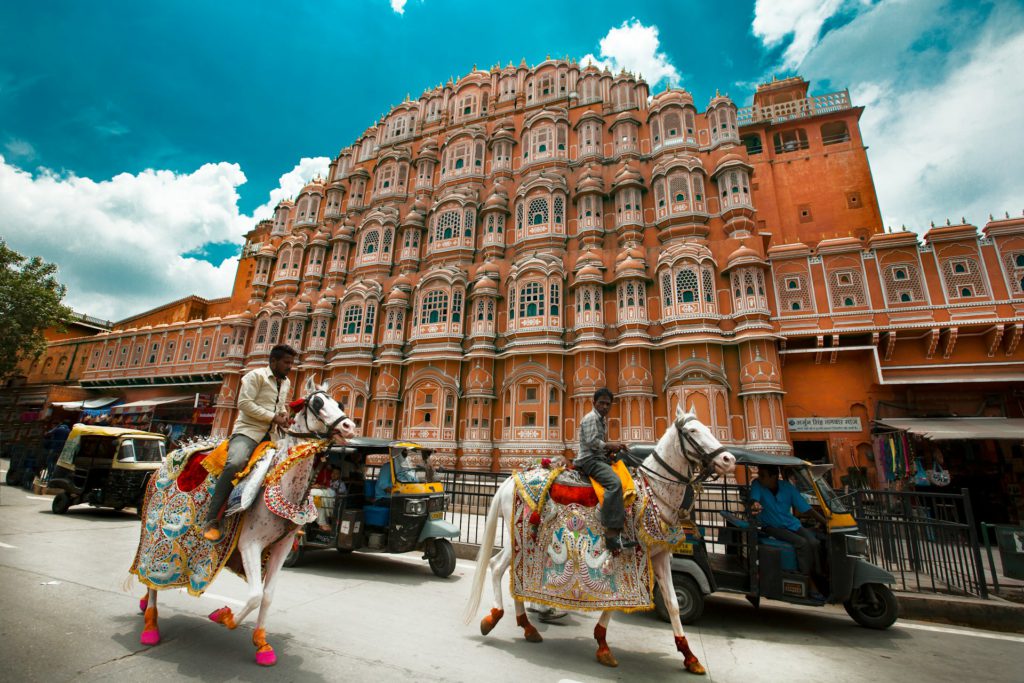
Hawa Mahal, or the “Palace of Winds,” in Jaipur, is an architectural marvel renowned for its unique honeycomb structure and intricate latticework. This five-story palace, built in 1799, features 953 small windows (jharokhas) that allow cool breezes to flow through, creating a serene and picturesque environment. The pink and red sandstone facade, adorned with ornate details and delicate carvings, stands out against the vibrant streets of Jaipur. The Hawa Mahal’s stunning design and the play of light and shadow through its windows make it a stellar spot, offering photographers a chance to capture the essence of Rajasthan’s regal heritage and architectural splendor.
The Longmen Grottoes in China
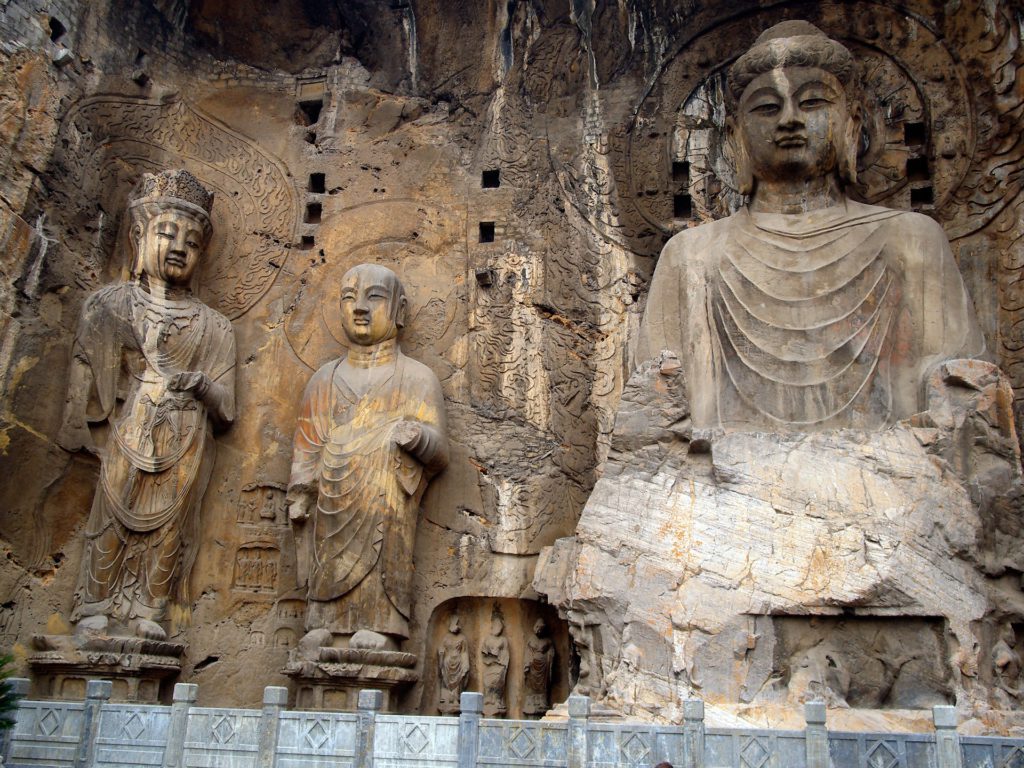
The Longmen Grottoes in China, located near Luoyang in Henan Province, are an extraordinary display of ancient Buddhist rock carvings and sculptures. This UNESCO World Heritage site, with over 100,000 statues ranging from tiny to monumental, is carved into the limestone cliffs along the Yi River. The intricate details and artistic mastery of the grottoes, combined with the serene riverside setting, create a visually stunning and culturally rich environment. The dramatic backdrop of the cliffs, the delicate carvings, and the historical significance of the site make the Longmen Grottoes ideal for capturing the essence of ancient Chinese art and spirituality.
Kinkaku-ji Temple in Kyoto, Japan
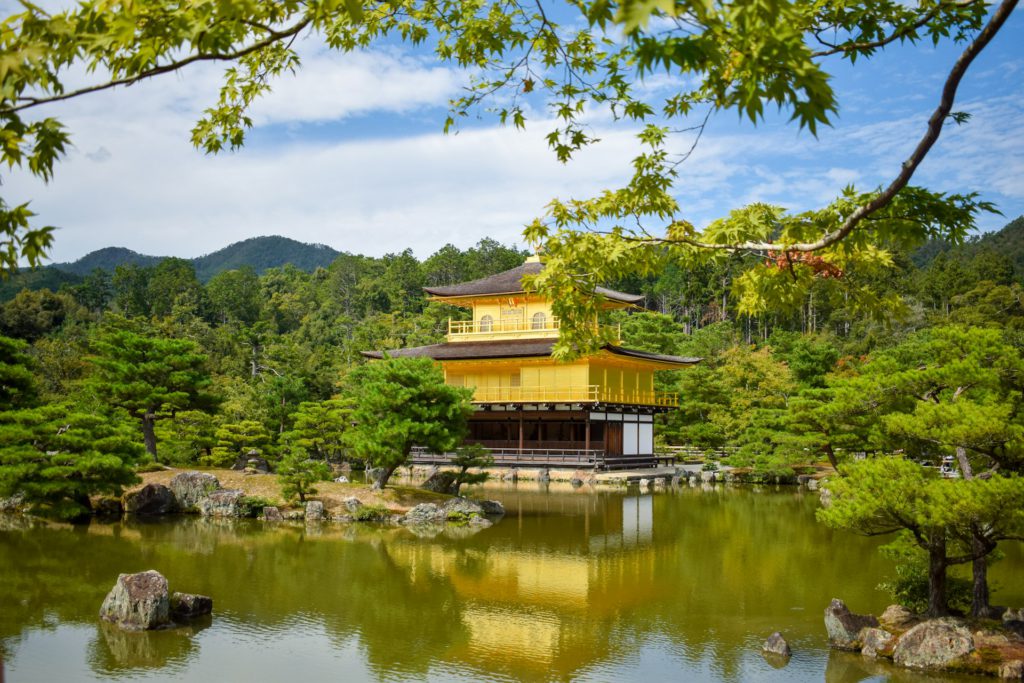
Kinkaku-ji, also known as the Golden Pavilion, in Kyoto, Japan, is a stunning Zen Buddhist temple renowned for its dazzling golden exterior. Nestled beside a tranquil pond and surrounded by beautifully landscaped gardens, the temple reflects its shimmering image in the water, creating a breathtaking scene. The contrast of the golden structure against the lush greenery and the serene water provides a perfect setting for photography.
Ayutthaya Historical Park in Thailand
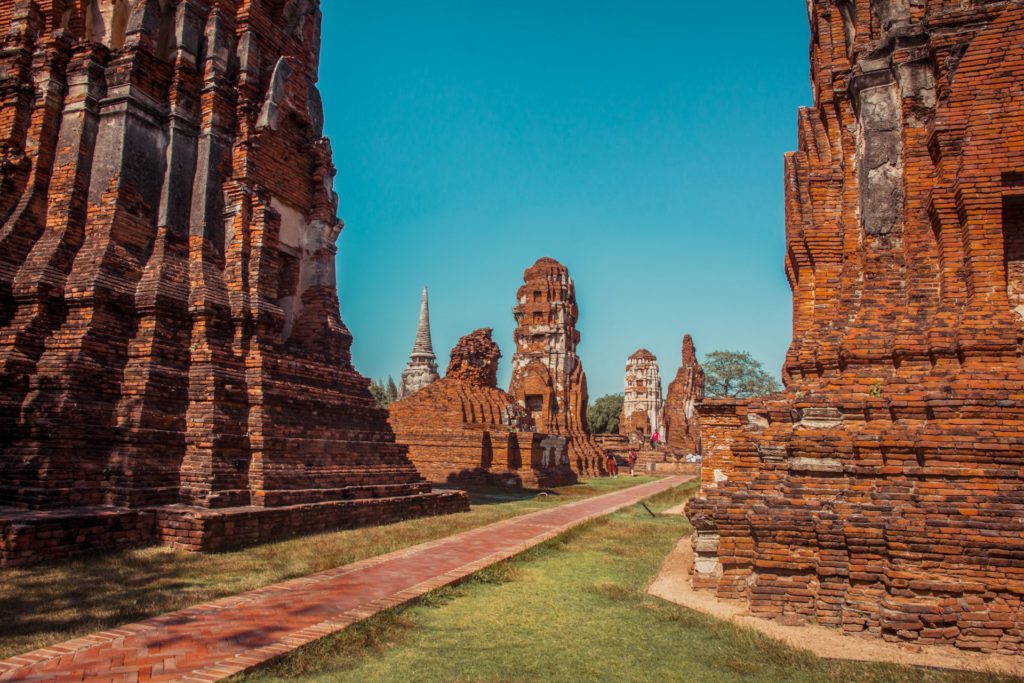
Ayutthaya Historical Park in Thailand is a captivating UNESCO World Heritage site that offers a glimpse into the grandeur of the ancient Siamese kingdom. This sprawling park is home to the ruins of temples, palaces, and statues, with towering prangs and intricate stone carvings that evoke a sense of historical majesty. The iconic Buddha head entwined in tree roots at Wat Mahathat and the serene, weathered statues amidst crumbling red brick structures create a visually striking and evocative scene.
Swayambhunath Stupa in Kathmandu, Nepal
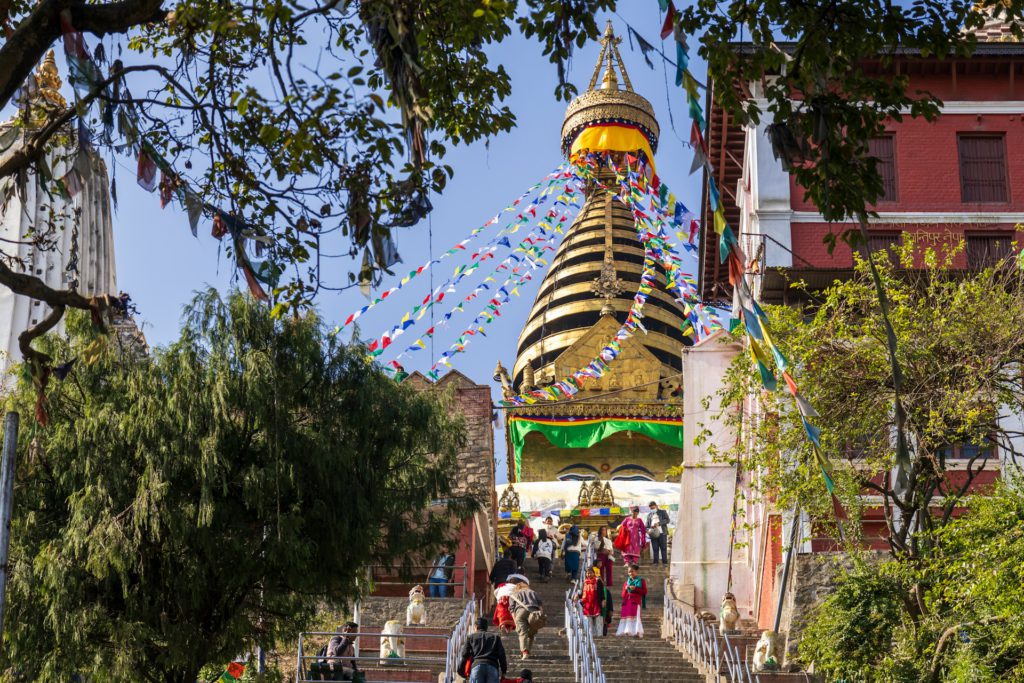
Swayambhunath Stupa, also known as the Monkey Temple, in Kathmandu, Nepal, is a sacred and ancient Buddhist site that offers panoramic views of the city and the surrounding valley. The stupa, adorned with colorful prayer flags and topped with the all-seeing eyes of Buddha, is an iconic symbol of Nepalese spirituality. The golden spire, white dome, and intricate details of the surrounding shrines and statues create a visually captivating scene that showcases the essence of Nepal’s rich cultural and religious heritage.
Bagan in Myanmar (Burma)
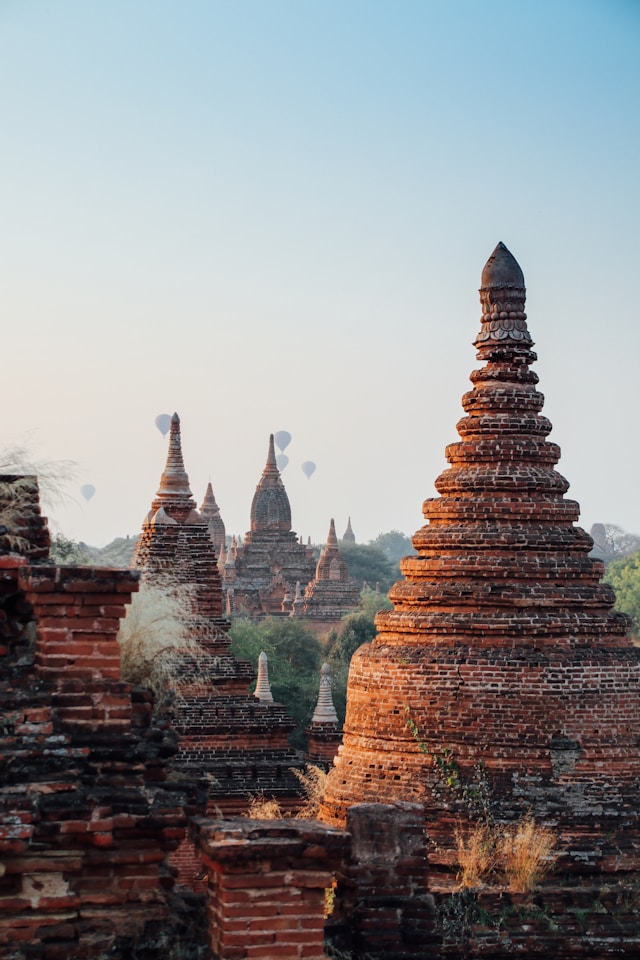
Bagan in Myanmar (formerly Burma) is an ancient city renowned for its vast expanse of over 2,000 temples and pagodas, spread across a scenic plain along the Ayeyarwady River. The stunning landscape, dotted with intricately designed stupas and temples, creates a mesmerizing panorama, especially at sunrise and sunset when the golden light bathes the ruins. Hot air balloons drifting above the horizon add a magical touch, making Bagan an incredibly picturesque and Instagrammable location.
Wat Phu in Laos
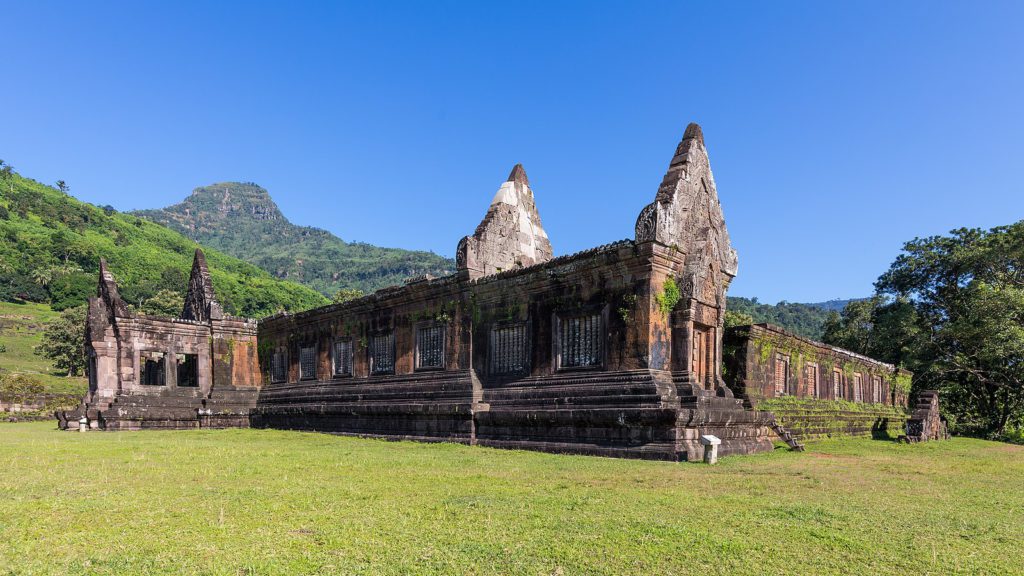
Wat Phu in Laos is an ancient Khmer temple complex nestled at the base of Mount Phu Kao. This UNESCO World Heritage site boasts stunning ruins dating back to the 5th century, with intricately carved stone structures and serene terraces. The temple’s location offers breathtaking views of the surrounding landscape, including the Mekong River and lush greenery.
Sigiriya (aka Lion Rock) in Sri Lanka
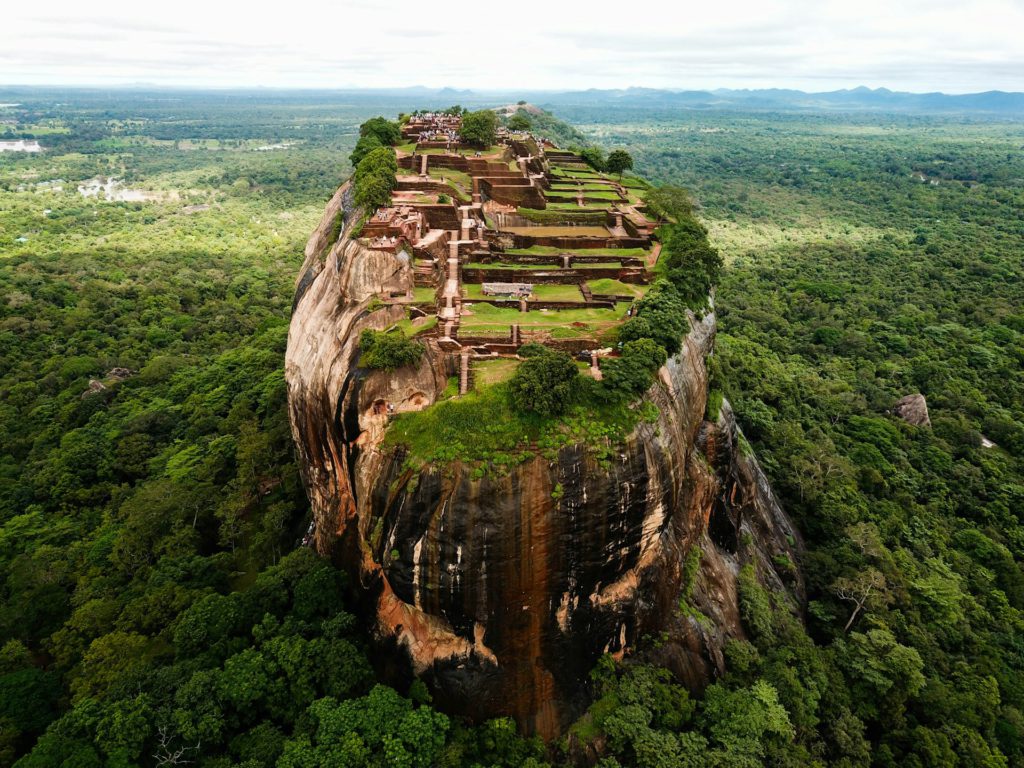
Sigiriya, also known as Lion Rock, in Sri Lanka is an ancient rock fortress that rises majestically from the central plains, offering panoramic views of the lush surrounding landscape. This UNESCO World Heritage site features beautifully landscaped gardens, frescoes, and the iconic lion’s paws carved into the rock at the entrance. The dramatic ascent to the summit, combined with the breathtaking vistas and the historical ruins at the top, creates a visually stunning and Instagrammable experience.
Wat Phra Kaew in Bangkok, Thailand
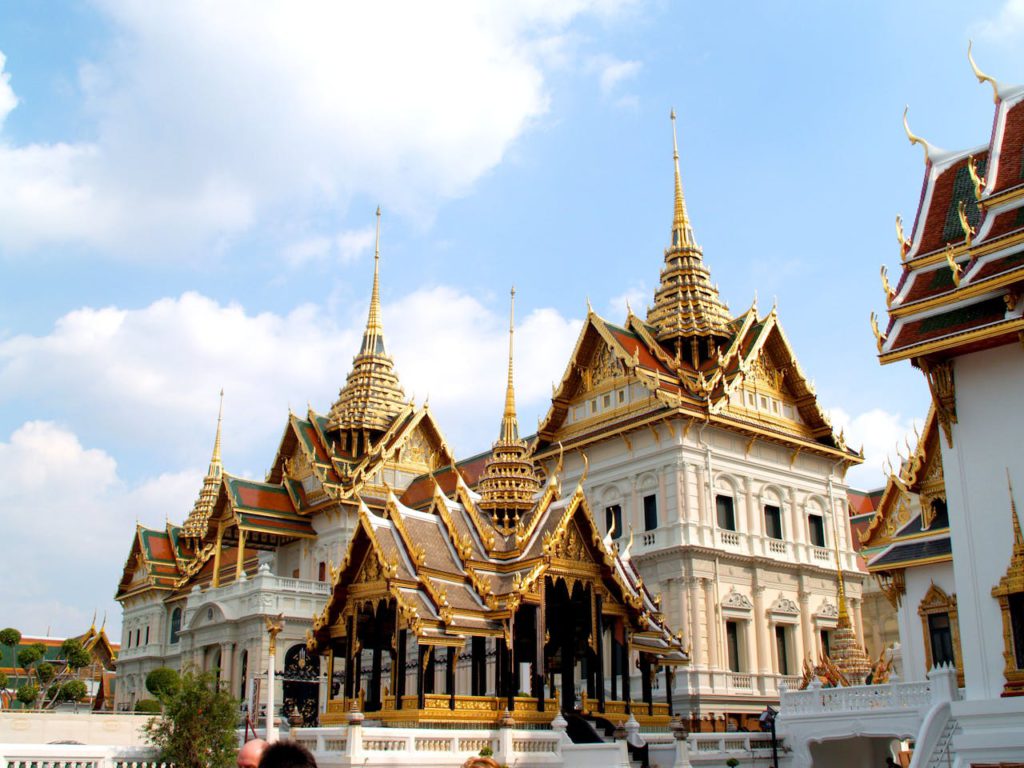
Wat Phra Kaew, or the Temple of the Emerald Buddha, in Bangkok is a stunning masterpiece of Thai architecture and spirituality. Located within the grounds of the Grand Palace, this sacred site is home to the revered Emerald Buddha statue, intricately carved from a single block of jade. The temple complex dazzles with its ornate spires, golden mosaics, and elaborate murals, offerings travelers a chance to experience the essence of Thailand’s rich cultural and religious heritage.
Borobudur Temple in Indonesia
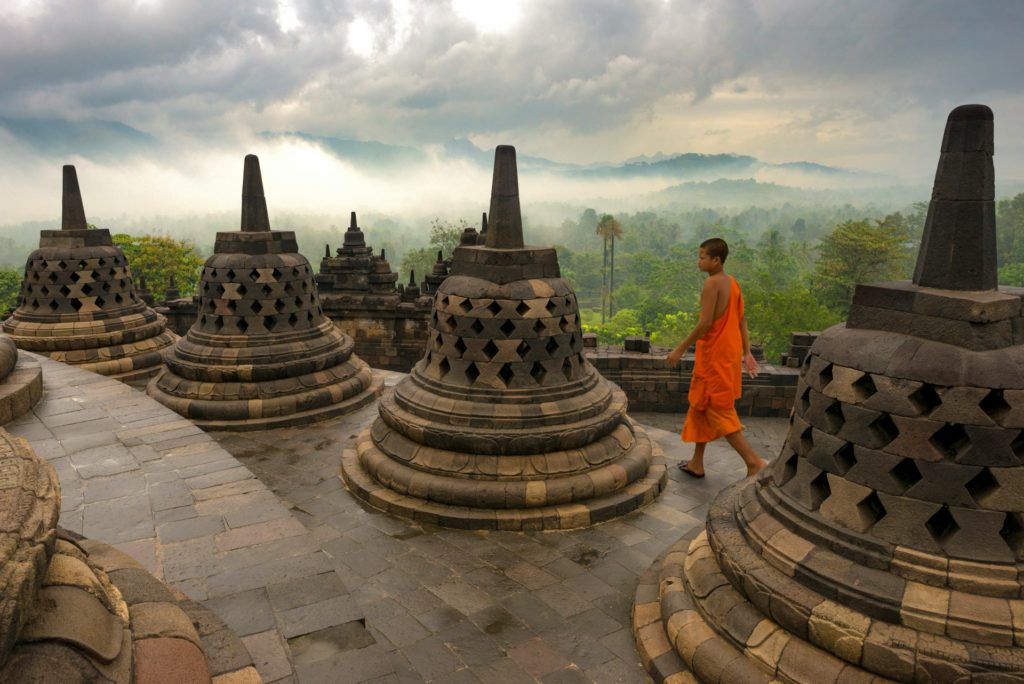
Borobudur Temple in Indonesia is a magnificent 9th-century Mahayana Buddhist monument renowned for its grand architecture and serene ambiance. This UNESCO World Heritage site features a series of intricately carved stone terraces and stupas, culminating in a massive central dome. The temple’s design, symbolizing the Buddhist cosmology, is adorned with over 2,600 relief panels and 504 Buddha statues. The panoramic views from the upper levels, especially during sunrise, create a breathtaking and ethereal vista.
Terracotta Warriors in Xi’an, China
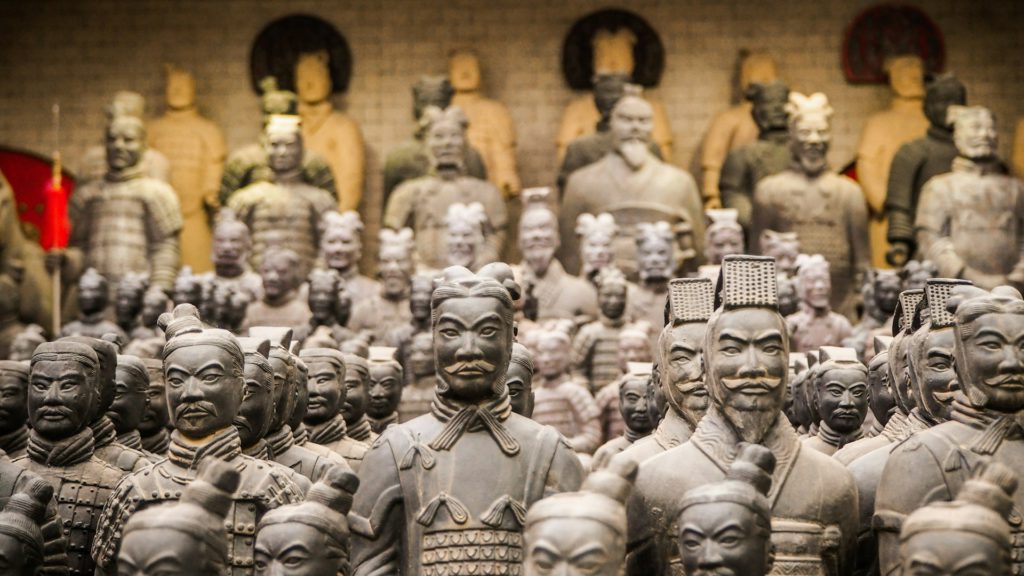
The Terracotta Warriors in Xi’an, China, are an awe-inspiring archaeological marvel, consisting of thousands of life-sized clay soldiers, horses, and chariots buried with China’s first Emperor, Qin Shi Huang. Discovered in 1974, this UNESCO World Heritage site showcases the remarkable craftsmanship and historical significance of ancient China. The vast underground army, each figure uniquely detailed, creates a visually striking and surreal landscape. The sheer scale and meticulous detail of the warriors, set in expansive excavation pits, make it a prime location for capturing the grandeur and mystery of this ancient wonder.
The Trấn Quốc Pagoda in Hanoi, Vietnam
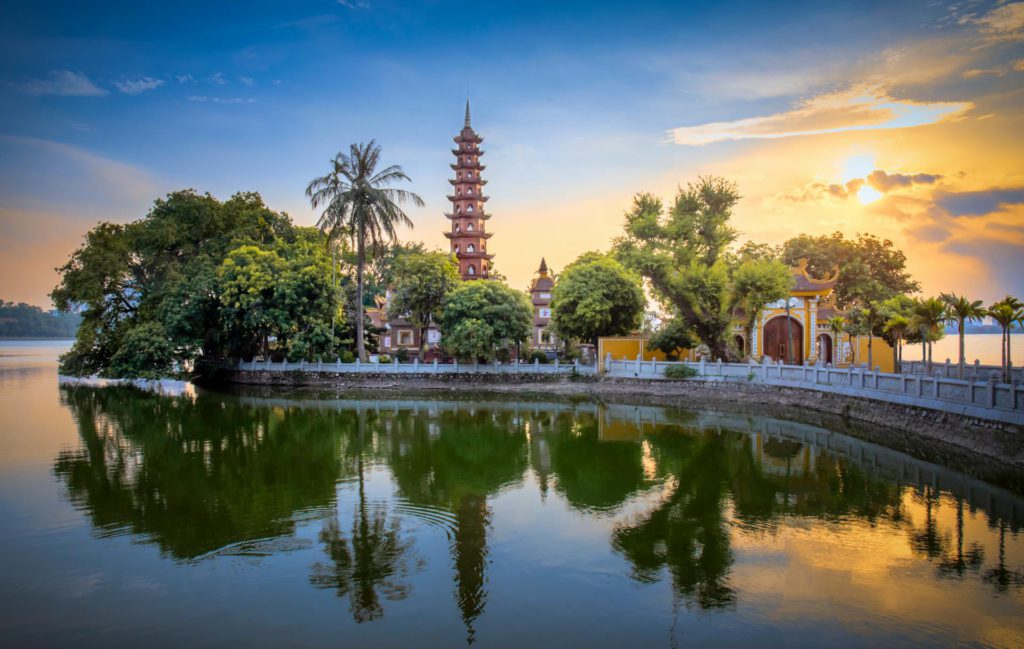
The Trấn Quốc Pagoda in Hanoi is a stunning symbol of Vietnamese Buddhist heritage and one of the oldest pagodas in the country, dating back to the 6th century. Situated on a small island in the serene West Lake, the pagoda features an elegant, towering stupa, lush gardens, and intricate architectural details. The reflection of the pagoda in the tranquil lake waters, especially during sunset, creates a breathtaking and picturesque scene.
About TourHero
TourHero is a social travel platform that enables you to travel with like-minded people and fall in love with the journey. We work closely with handpicked local operators to ensure every experience curated is unique and exclusive to your travel group. Come with us on epic adventures and create memories that last a lifetime. Get started here!
